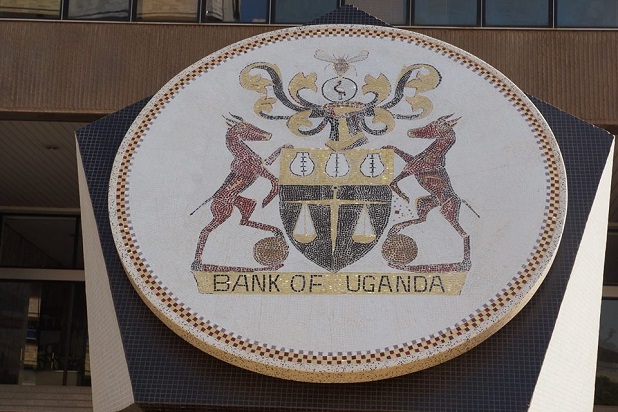An analysis of Uganda’s indebtedness shows that the national debt is sustainable over the medium to long term and will ease in two to three years, but that commercial and domestic loan costs are straining resources.
The Debt Sustainability Analysis (DSA) for the year 2022/2023 just issued by the Ministry of Finance, Planning and Economic Development, shows that by the end of this financial year, national debt will reach 49.2 percent of GDP before starting to decline.
At the end of last financial year the stock of public debt was 23.66 billion dollars (about 86.8) trillion shillings according to the Ministry records.
External public debt amounted to 14.23 billion (52.20 trillion), while domestic public debt increased from 8.16 billion dollars to 9.43 billion (34.73 trillion shillings) over the same period.
As a share of GDP, public debt reduced to 46.9 percent in June 2023 from 48.4 percentin June 2022, but measured in present value terms, the stock of public debt dropped to 36.7 percent from 39.5 percent of GDP the previous financial year.
This was not due to repayment of the debt by the country, but because, according to official figures, the economy expanded and reduced public spending.
“The reduction in the ratio of public debt to GDP was on account of a number of factors, like continued recovery in GDP growth with the economy expanding by 5.2 percent during the year, Government’s efforts towards fiscal consolidation and the appreciation of the foreign exchange rate at the year end,” says the analysts.
However, with the current borrowing trend, the reduction in the ratio is expected to be reversed this year, going up to 49.2 percent. The ministry is, however, confident that in the outer years this will start declining as fiscal consolidation efforts continue towards higher domestic revenue mobilisation and controlled spending.
As the economy expands the ministry expects the debt to GDP ratio “in present value terms” to follow a similar trend and peak at 39.4 percent.
“This DSA finds Uganda’s public debt to be sustainable over the medium to long-term mainly supported by continuous improvement in GDP growth (Government’s ambition is to grow the economy tenfold over the next ten years); onset of oil production alongside strong revenue growth following the implementation of the Domestic Revenue Mobilisation Strategy, and a reduction in borrowing as some major infrastructure projects come to completion in the long-term.”
However, there are factors facing the economy that may lead to moderate risk of debt distress, with the major vulnerabilities being the slow growth of exports and the increasing debt service burden on revenues.
“As of June 2023, debt service as a percentage of revenue amounted to 32.6 percent. This ratio is expected to remain above 20 percent by the end of the medium term especially due to high domestic interest rates as well as the increasing cost of external debt as global financing conditions continue to tighten,” says the DSA.
The ratio of domestic debt interest payments to revenue reduced from 19.I percent in financial year 2021/22 to 18.4 percent in 2022/23, but it is projected to remain above the targets set out in the Charter for Fiscal Responsibility. This therefore calls for the urgent need for reducing domestic borrowing.
The analysis also indicates that Uganda has limited space to absorb shocks, meaning that an extreme economic shock could potentially lead to a deterioration in the rating to high risk of debt distress. This therefore means the Government must limit the budget deficit (fiscal consolidation).
According to the ministry, measures to maintain debt at sustainable levels over the medium term will include: the full operationalization of the Domestic Revenue Mobilization Strategy, prudent management of the oil resource so as to achieve the envisaged revenue gains, increasing the efficiency and effectiveness of Government expenditure particularly by allocating more resources to sectors that generate a higher multiplier effect on growth, and implementation of Government interventions aimed at supporting private sector production.
The annual Debt Sustainability Analysis (DSA) is partly aimed at fulfilling the requirements of the Charter for Fiscal Responsibility and the Public Finance Management Act (2015), and is done with a view to ascertaining the sustainability of public debt over the medium to long term.
-URN





